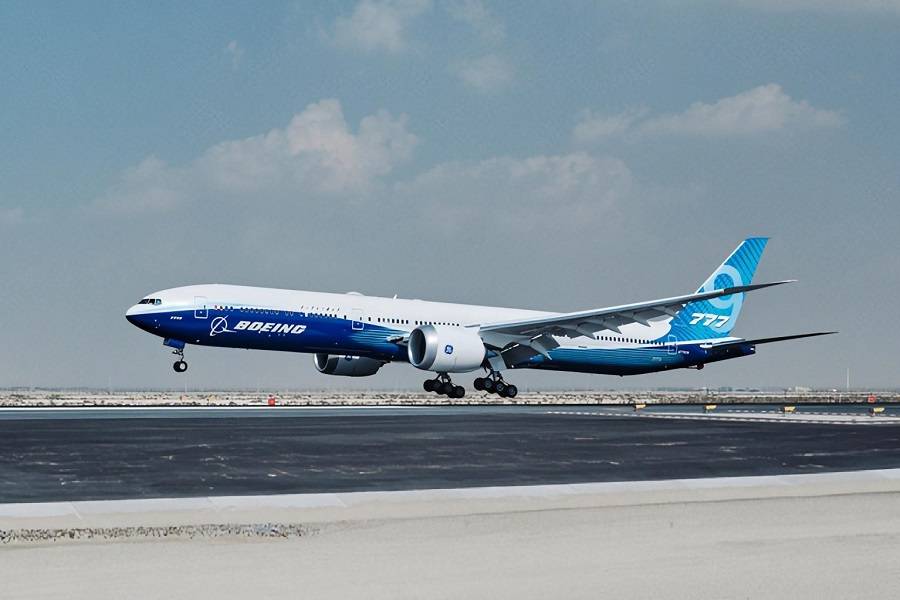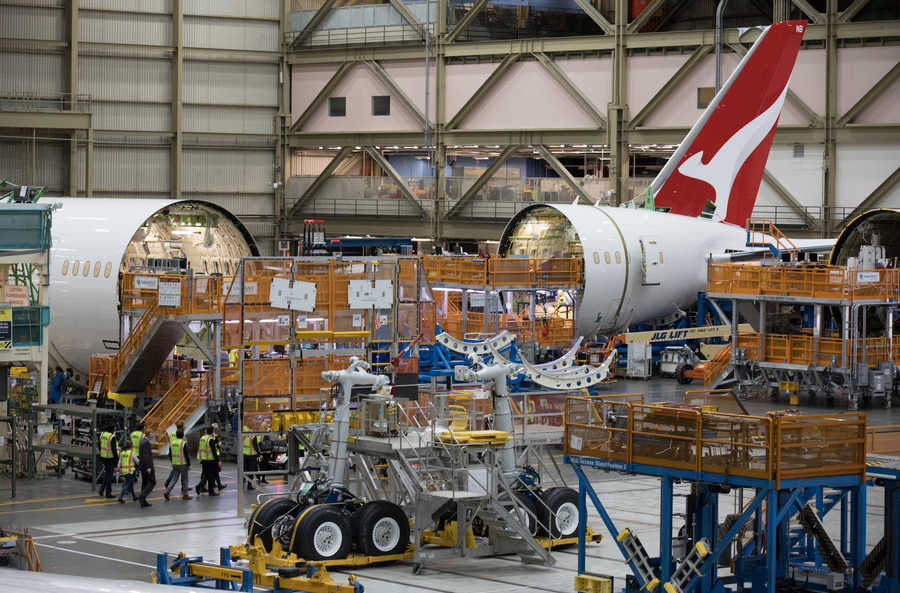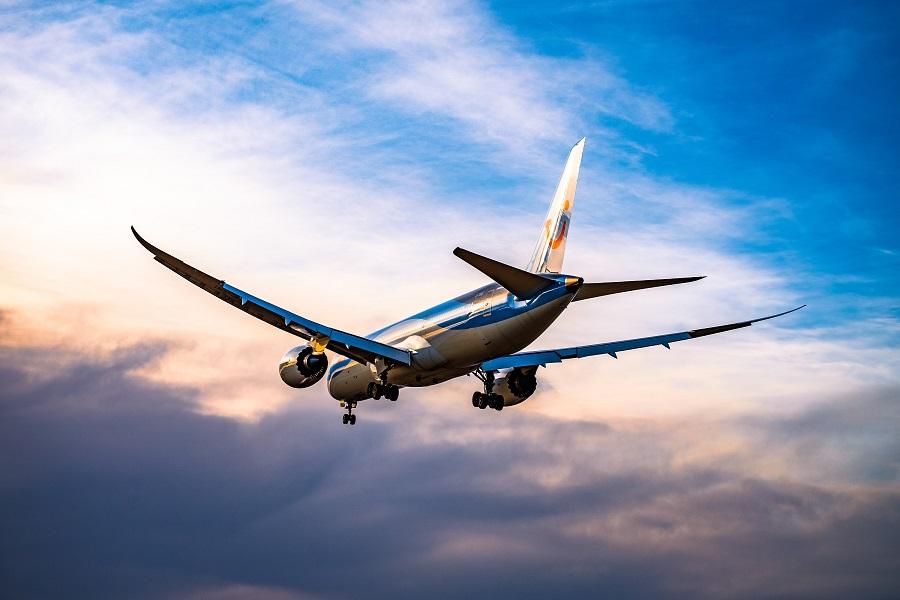With deliveries of Boeing’s 787 still frozen, the production of the aircraft attracts more attention, as a new FAA memo reveals more issues.
Boeing may be seeing the tail-end of the 737 MAX’s problems, with more regulators returning the jet to service. But the manufacturer still has serious headaches with several other programs. The 777X is getting some positive attention lately, but its entry into service is still unclear. On the military side, the KC-46 seems to be in order, however, the new T-7 trainer is progressing slowly.

But it’s Boeing’s 787 that continues to trouble the manufacturer, on the commercial side. The production of the jet stopped in August 2020, due to issues with the bonding of large composite sections of the fuselage. And what first seemed like an isolated issue in a specific fuselage section, later appeared elsewhere in the structures of several jets.
Boeing’s Latest 787 Issues
The FAA and Boeing have worked together, to work out a way to solve these issues. These are not “Safety of Flight” issues. However, they could shorten the service life of the aircraft. But last March, we reported that deliveries began again. However, it didn’t last; only a handful of planes went to customers before deliveries stopped once more. And more recently, the FAA rejected Boeing’s suggestion to use statistical data, to identify which aircraft in its 787 inventory needed teardowns.

This was in September. And in October, we learned of issues with improperly processed titanium parts, from an Italian supplier. The problems went back to parts that Boeing and other suppliers used 3-4 years ago. And while it is encouraging that Boeing’s records could trace and locate these parts, the same isn’t true of the latest 787 issue.
Dominic Gates in the Seattle Times reports on a defect involving contamination of carbon fibre composites. This lightweight material famously makes up much of the structure of this aircraft. The contamination comes from polytetrafluoroethylene (PTFE, a.k.a. “Teflon”). Manufacturers create carbon fibre structures by curing them in an oven, after creating a vacuum between them and the mould. The PTFE contamination in some of Boeing’s 787 parts came during this process.
Approving Inspections And Repairs
The FAA memo shows that it discovered such issues in the wing of the aircraft. However, the affected parts are still within their design limits. But further investigation located smaller parts with similar contamination. And in some cases, the bond strength deteriorated below design limits. Furthermore, Boeing and the FAA don’t agree on the way to evaluate the integrity of some of these components. And crucially, the FAA is unhappy about Boeing’s ability to track individual aircraft with these issues.
Additionally, the FAA memo reveals a separate issue with Boeing’s 787. This also has to do with the composite structure, but at the fuselage. It involves the tolerances of the structure around the doors, in the rear of the fuselage. Leonardo makes this section in Italy. Again, the FAA needs to approve an inspection, evaluation and repair method for this issue. And again, the agency and Boeing have been negotiating for some time, to agree on such a method.
Boeing’s 787 issues could also be a warning for its future programs. Not unlike Airbus, the American manufacturer depends on a supply chain consisting of many companies, and their subcontractors. Boeing has recently stated that its future aircraft (including the upcoming T-7 trainer) will involve its suppliers, even at the design stage. But obviously, this adds more demands on oversight, from the manufacturer.
In any case, Boeing’s woes with the 787, and the 777X’s certification, seem to suggest that the FAA is watching over its shoulder much more closely than in the past. Even the US House Transportation and Infrastructure Committee is now asking questions about FAA’s resources on the 787 program. Under the circumstances, the likelihood of Boeing launching a new aircraft program soon seems to be diminishing.






3 comments
Tyson
Is this a SC dig
Tyson
Is this a dig for the SC plant
wayne aaron
As a former Quality Inspector and Radar testing specialist I personally think the vast problem is Boeing deciding to move production out of its main facility in Washington state. Outsourcing the components to vendors who are failing in producing the parts tells me they need to bring the production back to home in the U.S.A.
The radar dome was made in Ohio and I was proud to be a part of it. Inspection and testing.